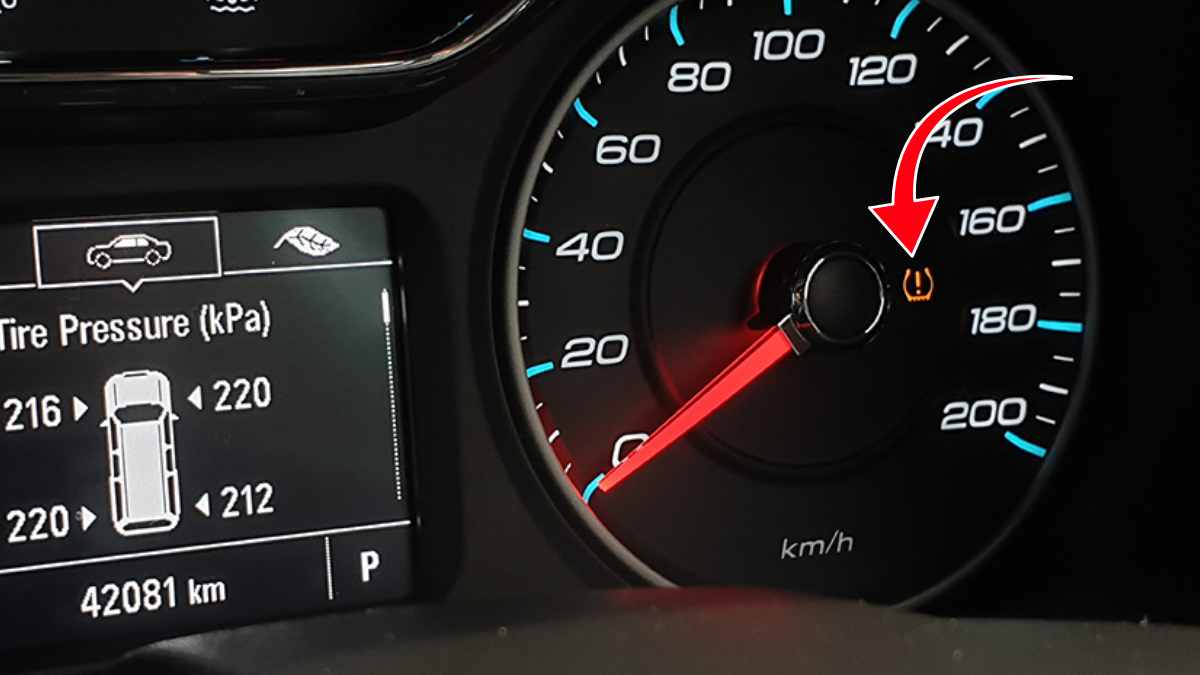Your Quick Guide to Keeping Tire Pressure Worries at Bay.
If you’ve ever seen that small indicator glow on your dashboard, you know how frustrating it can be. Today, we’ll explore simple steps to reset your tire pressure light, keep your vehicle’s tires in top shape, and ensure you’re ready for any road ahead.
Stay Alert: Who Benefits from Understanding Tire Pressure Checks. Whether you’re commuting daily or taking the occasional family road trip, knowing how and when to reset your tire pressure light can prevent bigger problems. Properly inflated tires reduce uneven wear, improve fuel efficiency, and enhance overall handling. Nobody wants a flat on a busy highway, right?
Why modern tire pressure monitoring systems are critical for road safety in the United States
Tire Pressure Monitoring Systems (TPMS) have become standard in most vehicles because they warn drivers when pressure levels drop below recommended specs. In fact, these systems were introduced to minimize risks on the road—such as poor traction and extended braking distances. That dashboard light is more than just an alert; it’s a protective measure designed to keep everyone safe.
What does this mean for you?
- Consistent Tire Checks: Regularly inspect all four tires (and the spare, if equipped) for any drops in PSI.
- Simple Maintenance: Follow your owner’s manual to see what the ideal pressure should be, typically noted on the driver’s side doorjamb.
- Quick Response: If the light pops on, address it right away to avoid damage or costly repairs later.
Exact measures drivers should take when their tire pressure light refuses to turn off
So, you’ve adjusted the pressure, but that pesky light is still there. What next? A brief drive at around 50 MPH can help the system recalibrate and shut off. Alternatively, your vehicle may have a specific TPMS reset button. Holding it until the light blinks can do the trick, though you’ll want to confirm the steps in your manual first.
If you’re still out of luck, here’s a quick reference list of possible actions:
- Inspect Each Tire for Damage
A hidden nail or damaged valve stem might be the culprit. - Check the Spare
Some spares also carry a sensor that needs correct PSI. - Consult a Professional
When all else fails, a technician can reprogram or replace faulty sensors.
Can you get fined for driving with an active tire pressure warning?
The answer is NO in most regions, but ignoring persistent alerts could risk your safety and lead to expensive tire damage—far worse than any hypothetical fine.
Frequently asked questions, including possible fines or penalties for ignoring tire pressure warnings
Drivers often worry about penalties if they keep postponing a tire pressure fix. While formal fines are uncommon, continuing to drive with underinflated tires may invalidate certain insurance coverage or escalate into more serious mechanical failures. Ultimately, taking immediate action is both prudent and cost-effective.
Below is a brief table illustrating common scenarios and recommended actions:
| Situation | Likely Cause | Recommended Action |
|---|---|---|
| Light stays on after inflating | Sensor may need resetting | Use reset button or consult a mechanic |
| Sudden pressure loss in cold | Temperature fluctuations | Check PSI regularly during weather shifts |
| Light flashes rapidly | Faulty sensor or dead battery | Contact a professional for diagnostics |
Remember, staying proactive can help you avoid bigger headaches down the line. Cold snaps or scorching heat can throw your tire pressure off balance. That’s why a quick monthly check can spare you the inconvenience of an unexpected dashboard warning:
- Check Pressure Monthly: Especially during significant temperature swings.
- Rotate Tires: This promotes even wear and extends tire life.
- Monitor Tread Depth: Worn treads can also affect handling and safety.
Resetting your tire pressure light is straightforward when you know where to look and what steps to follow. Keep an eye on your tires, address any warning signals promptly, and consult a trusted mechanic if problems persist. Staying ahead of tire pressure issues not only safeguards your vehicle but also ensures a smoother, safer ride for everyone.

